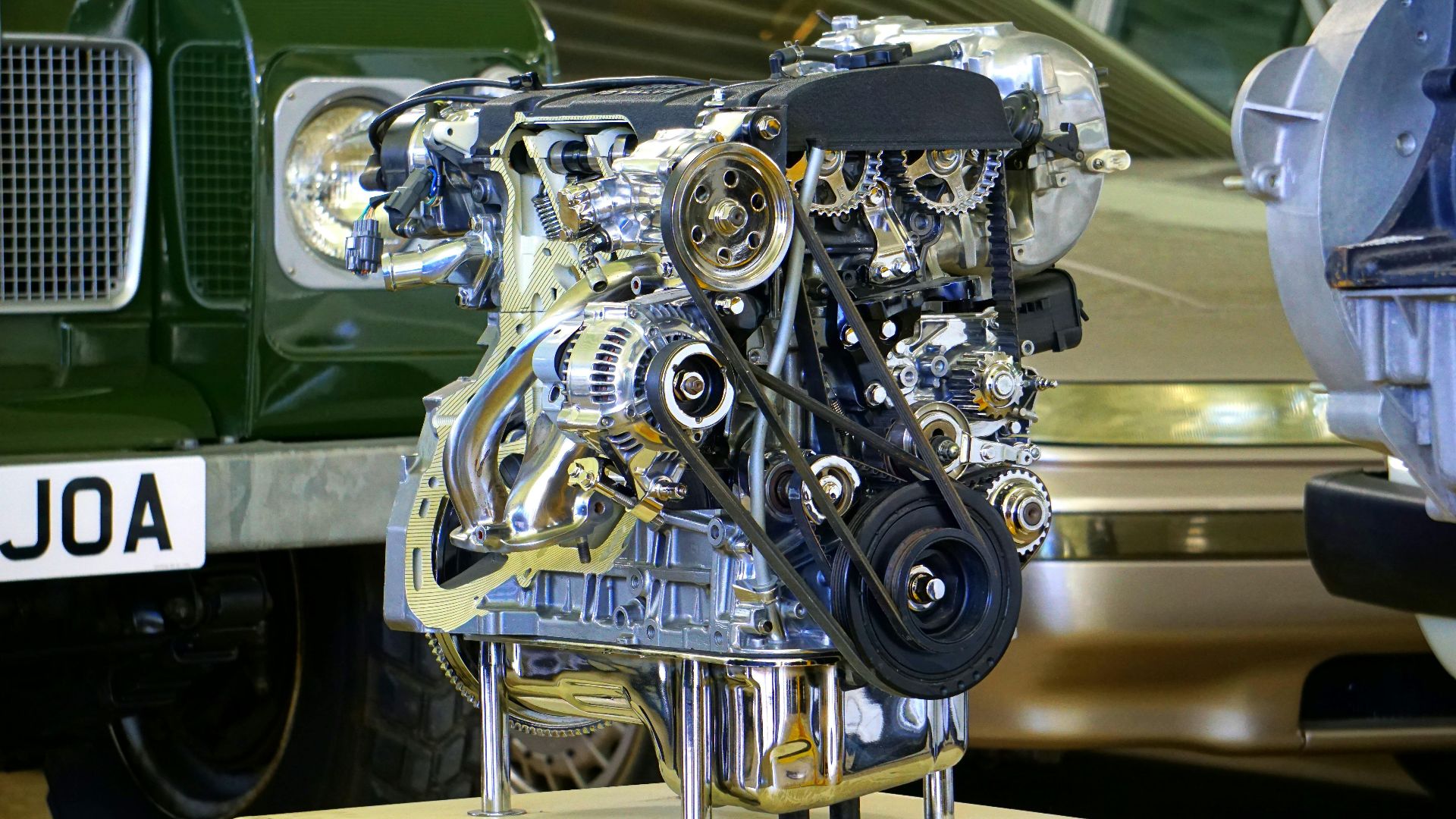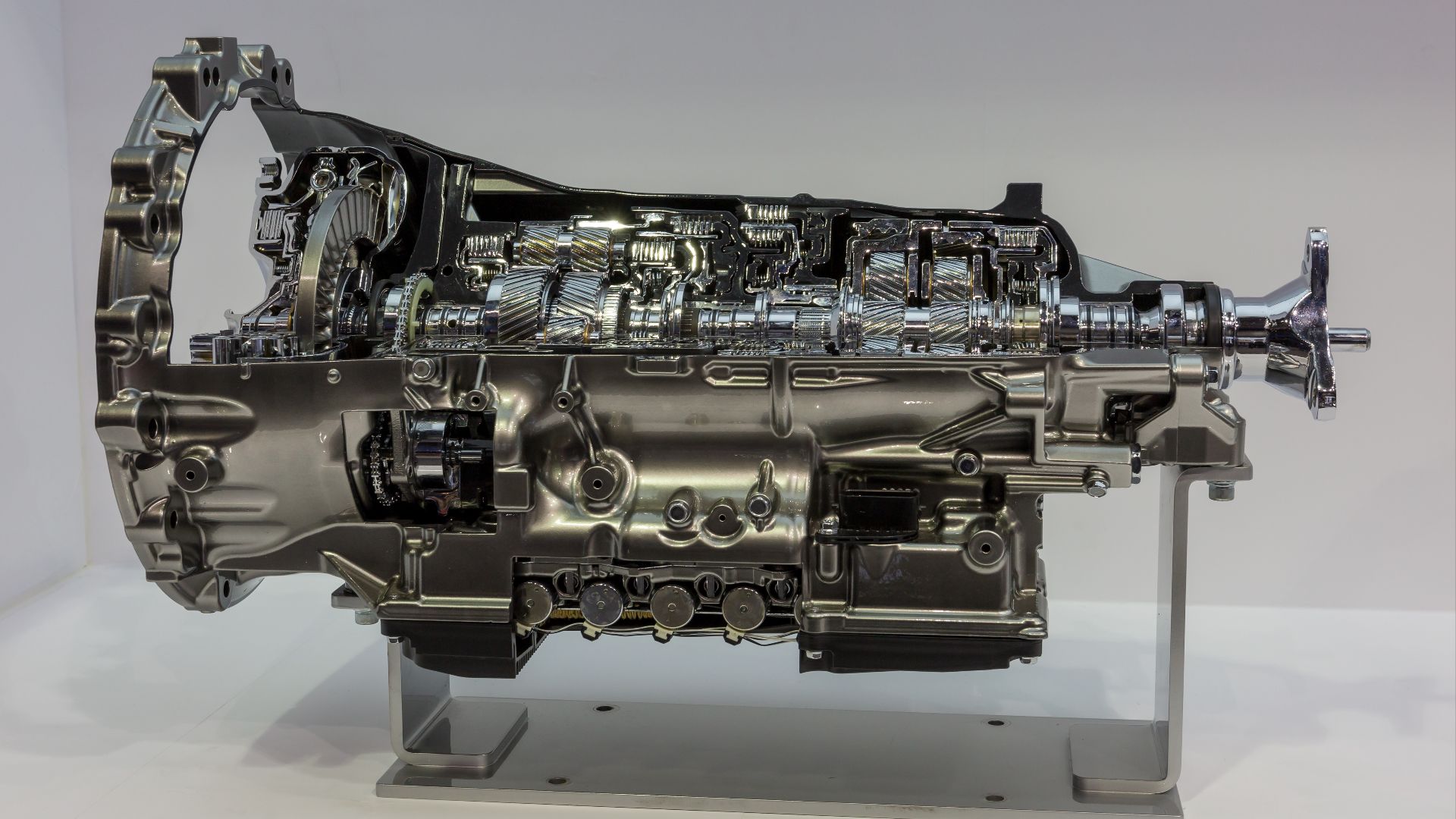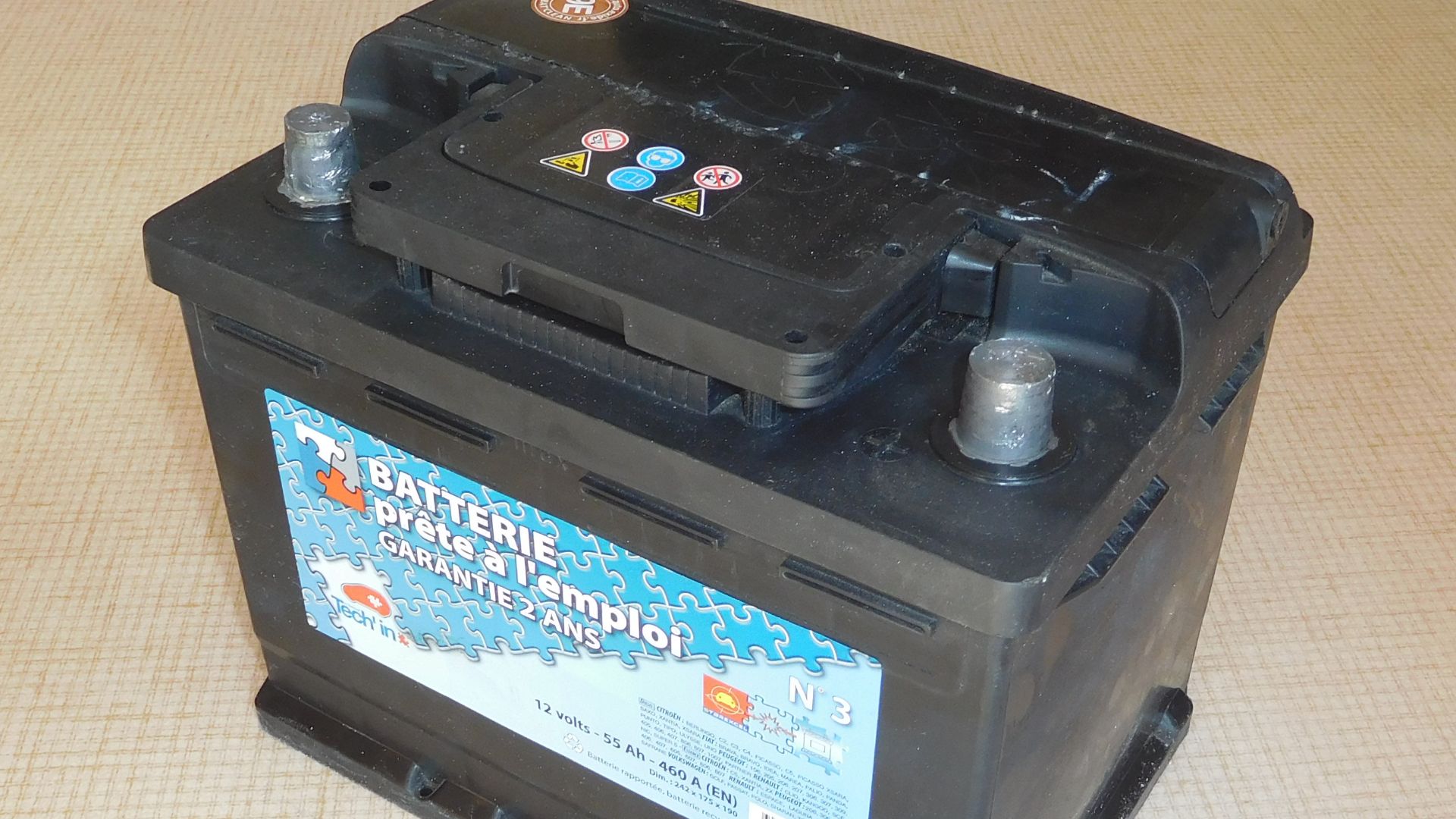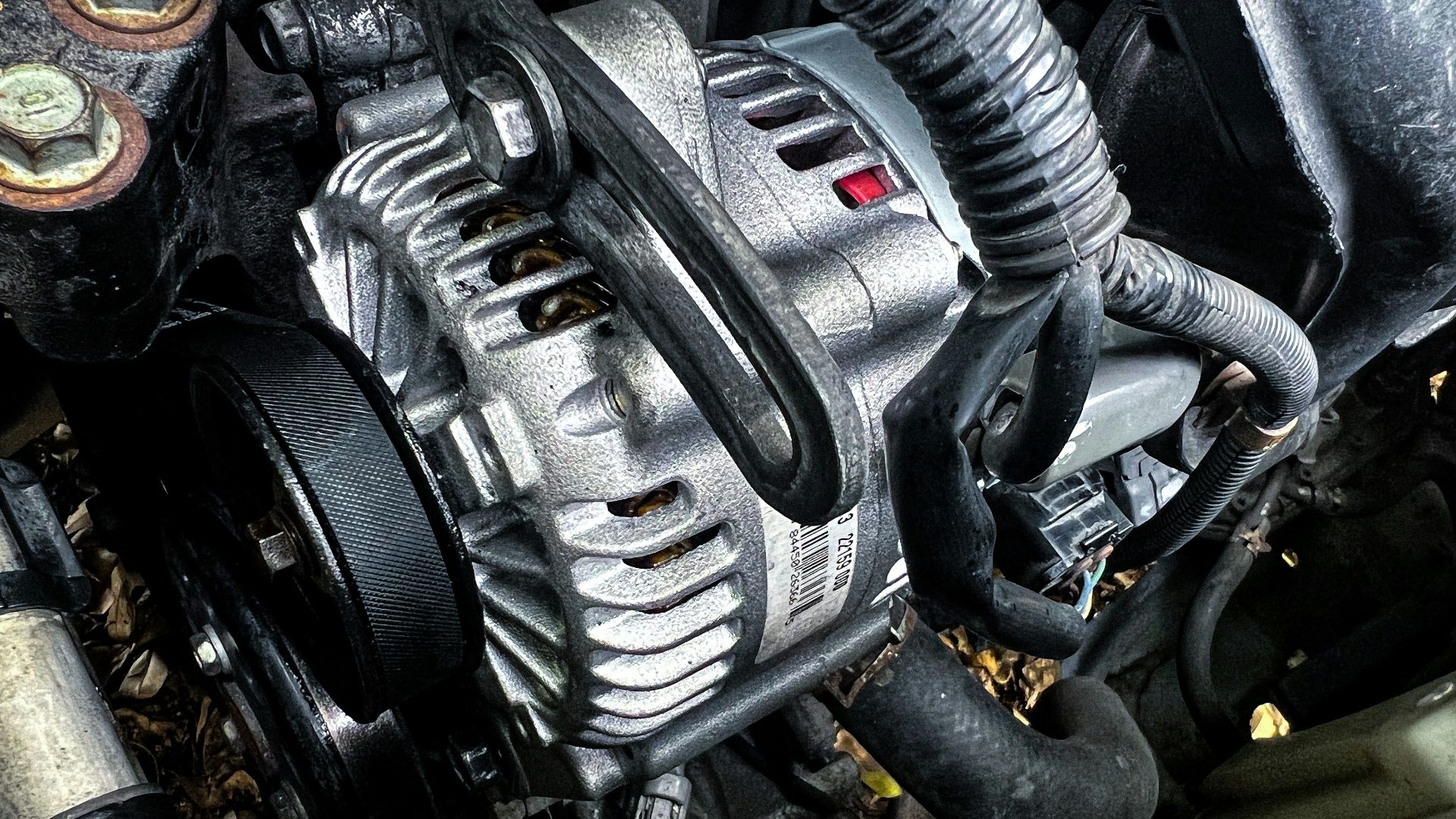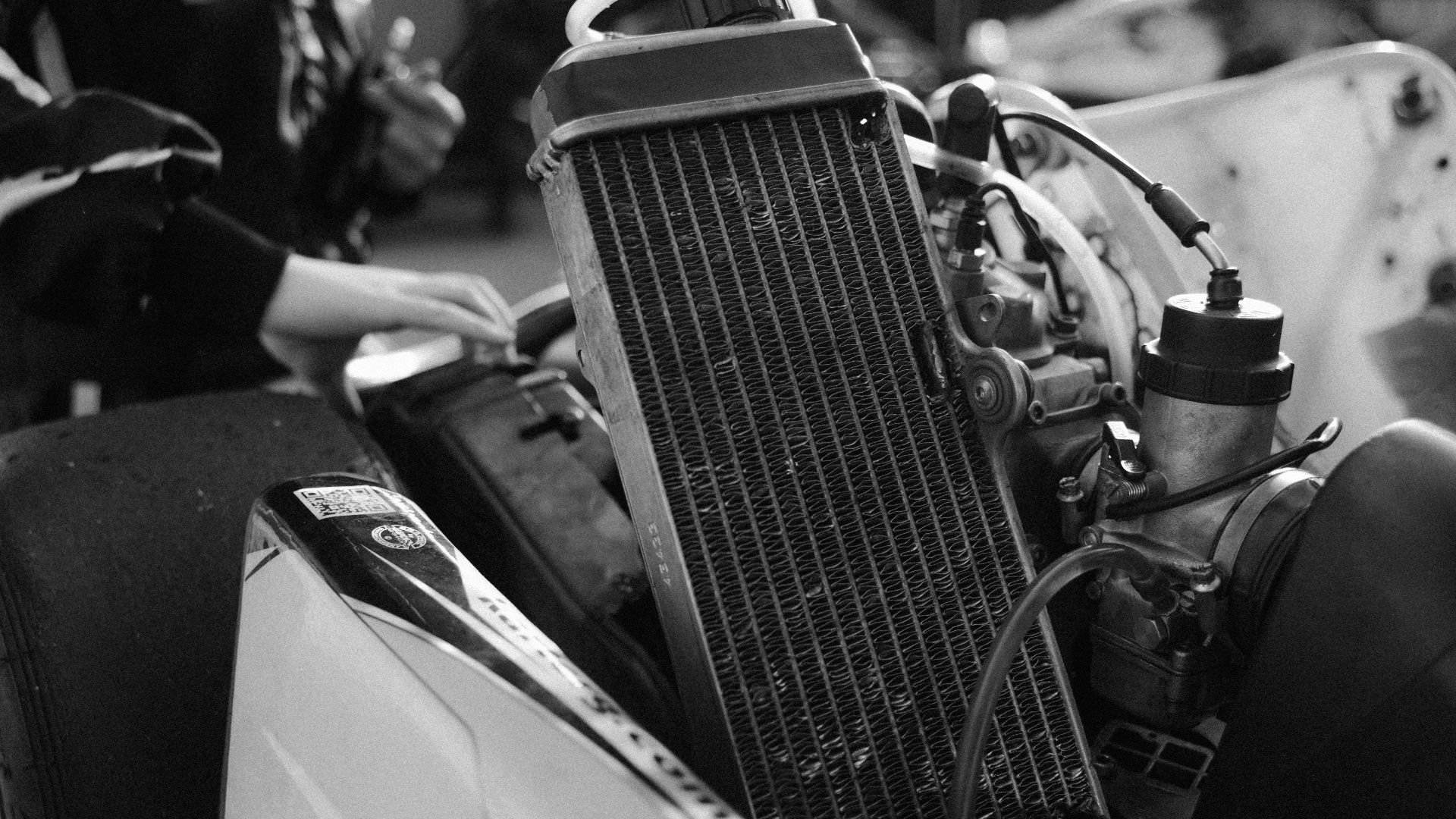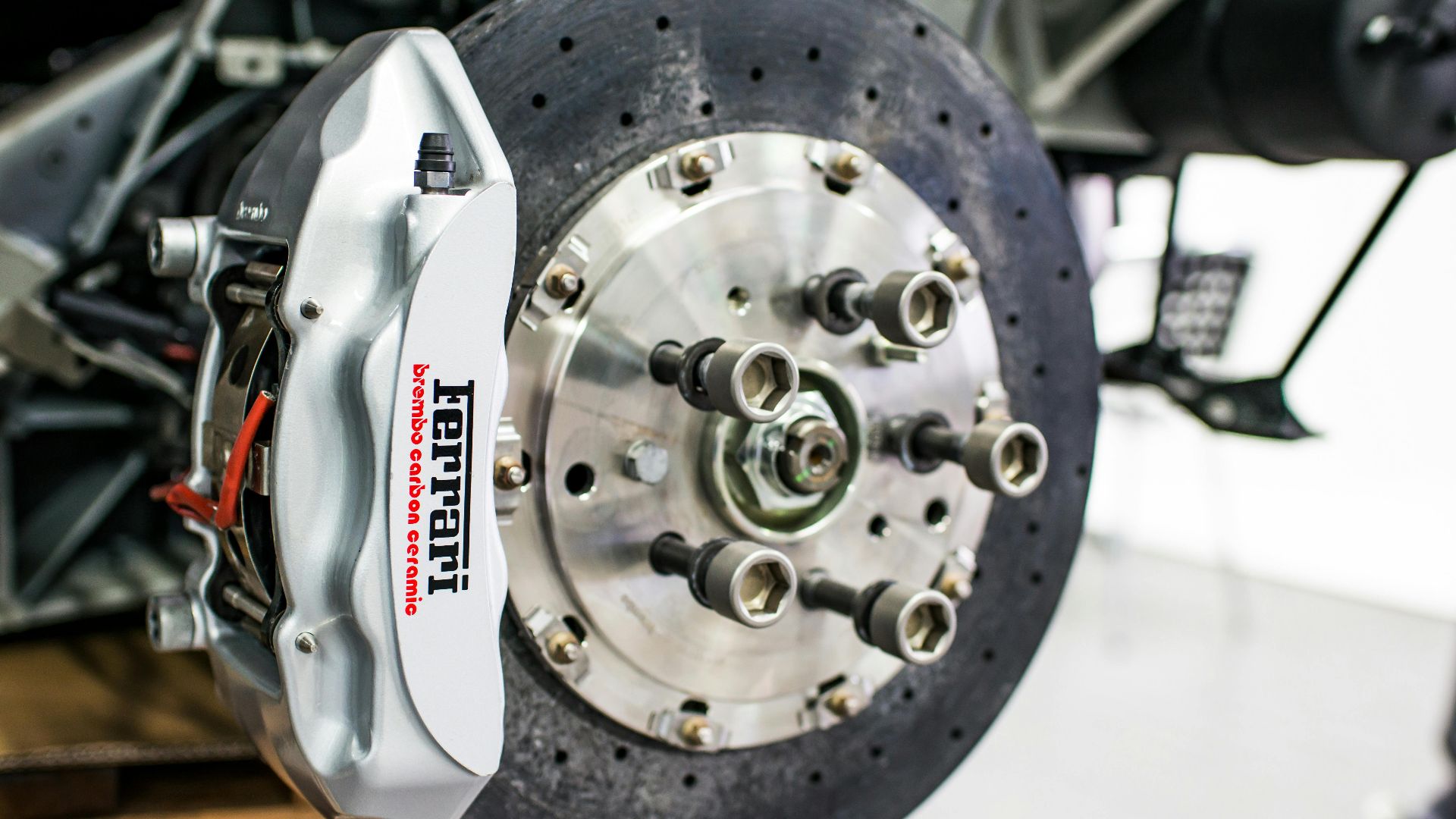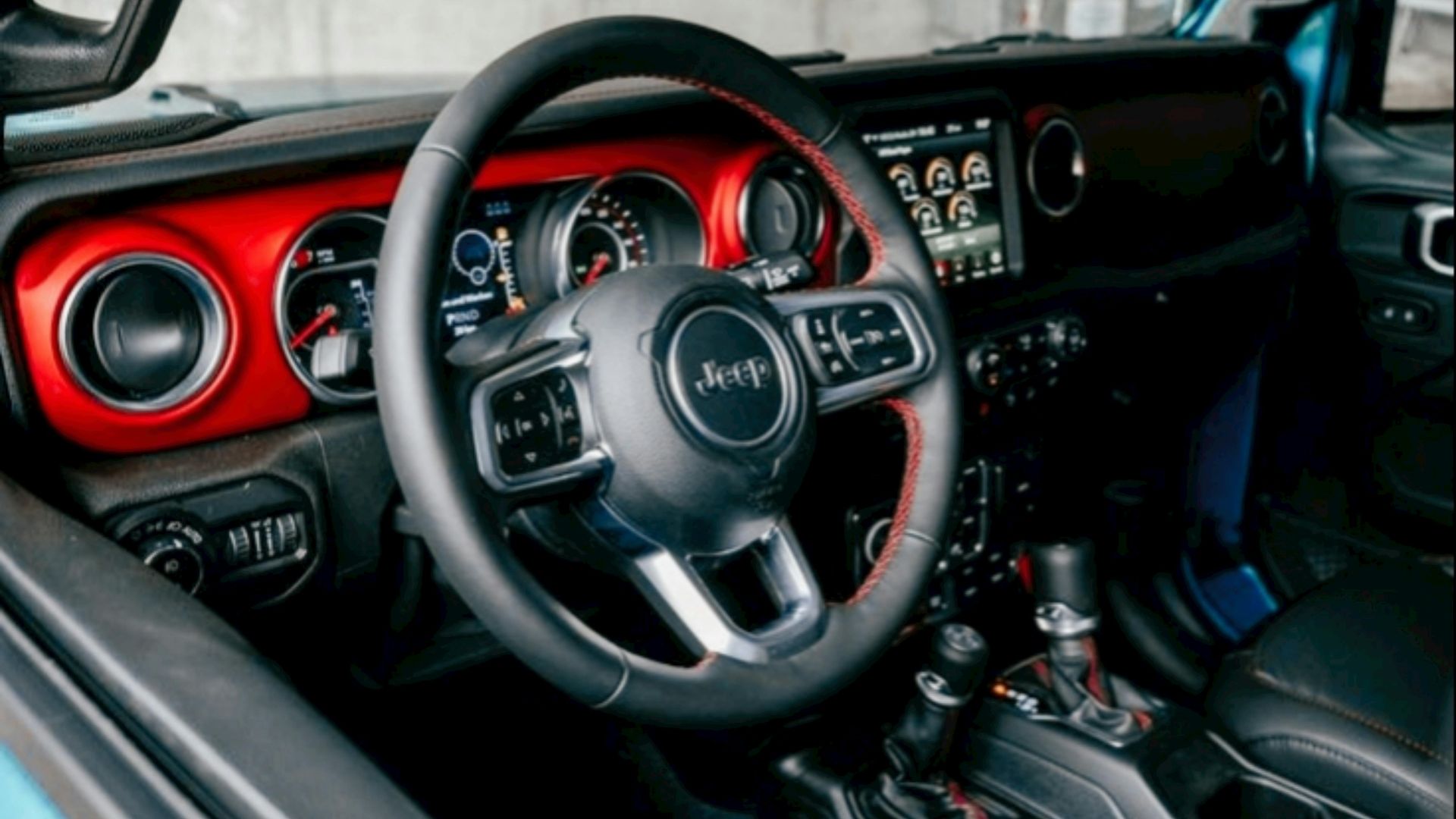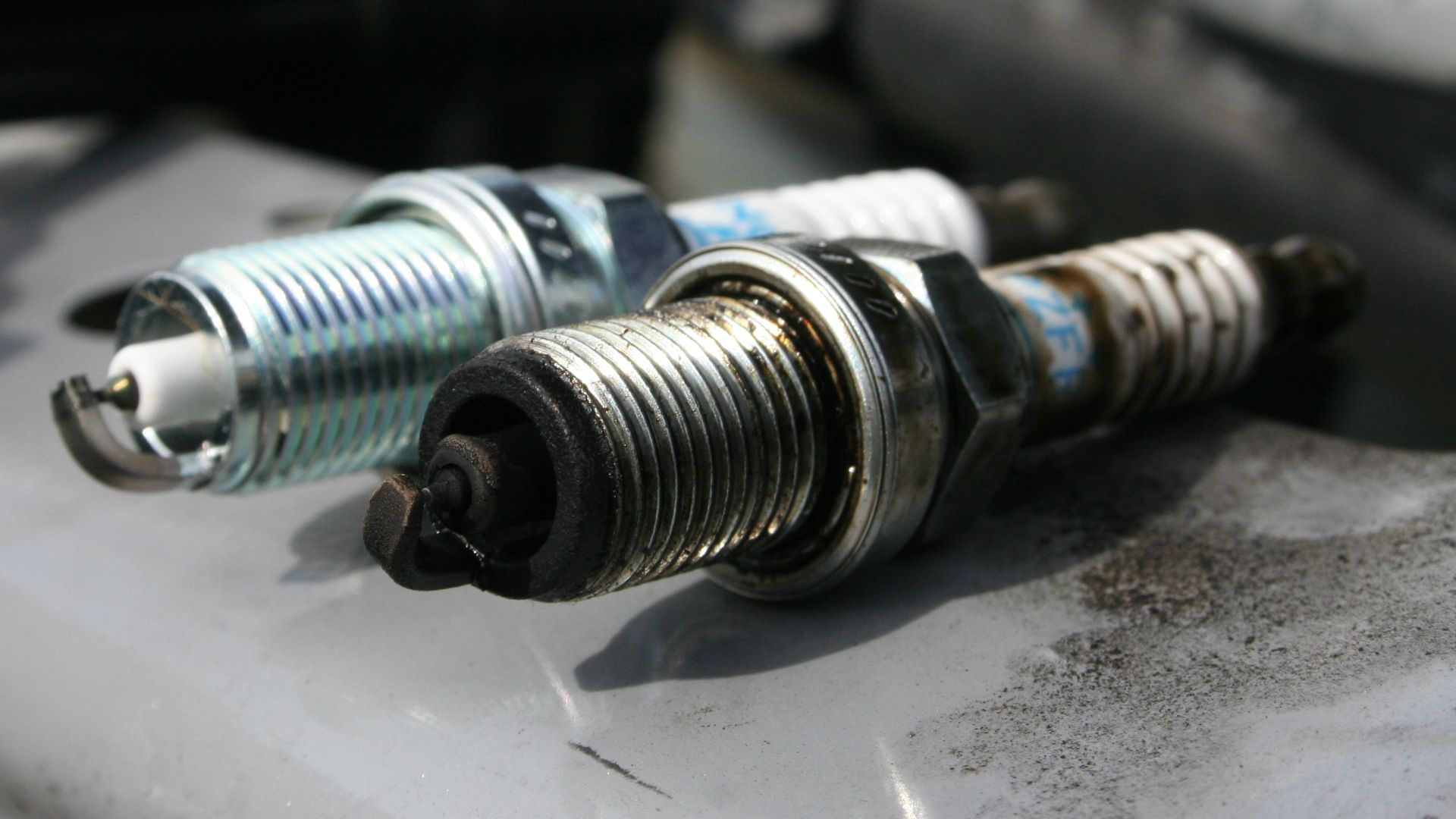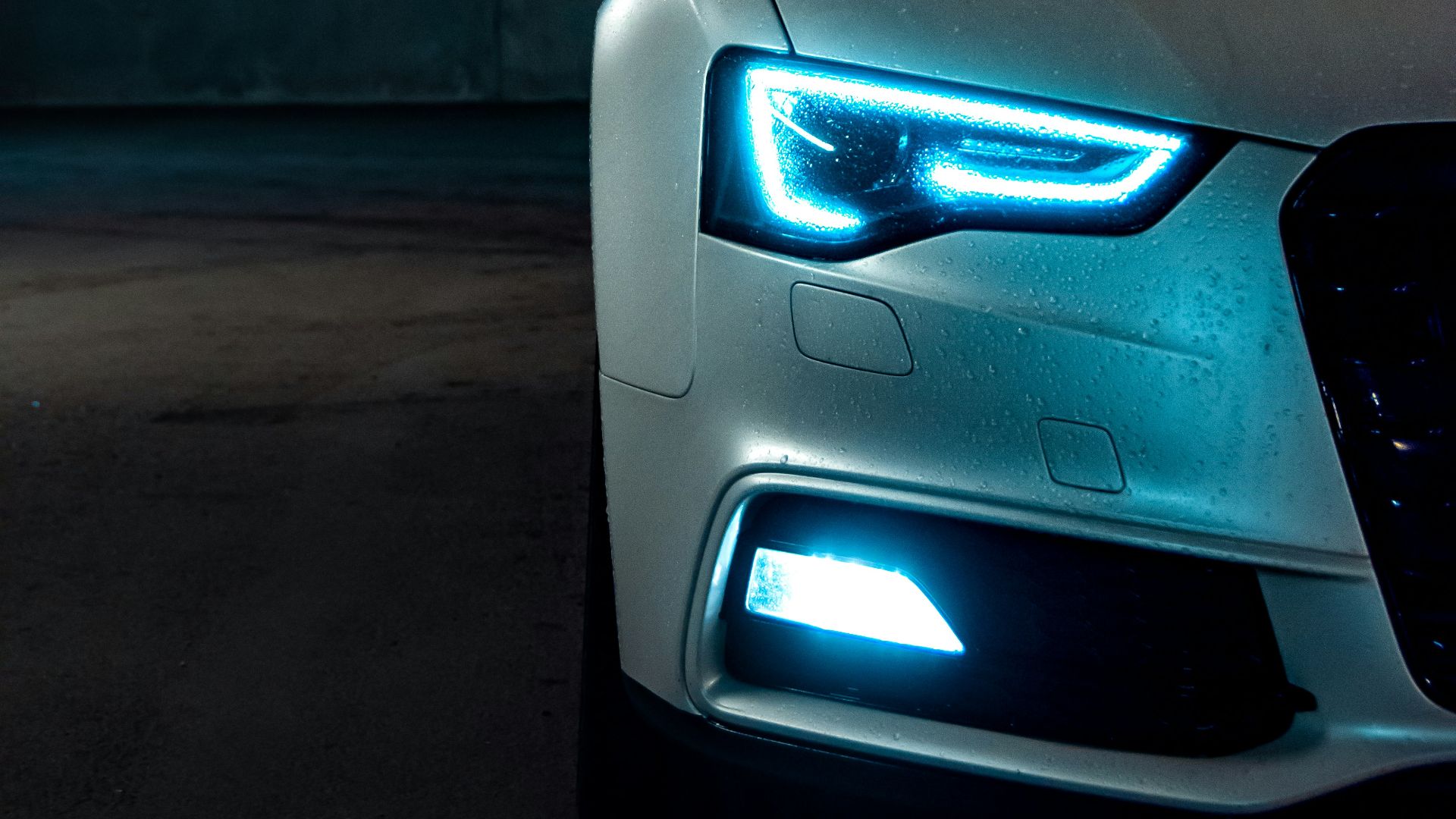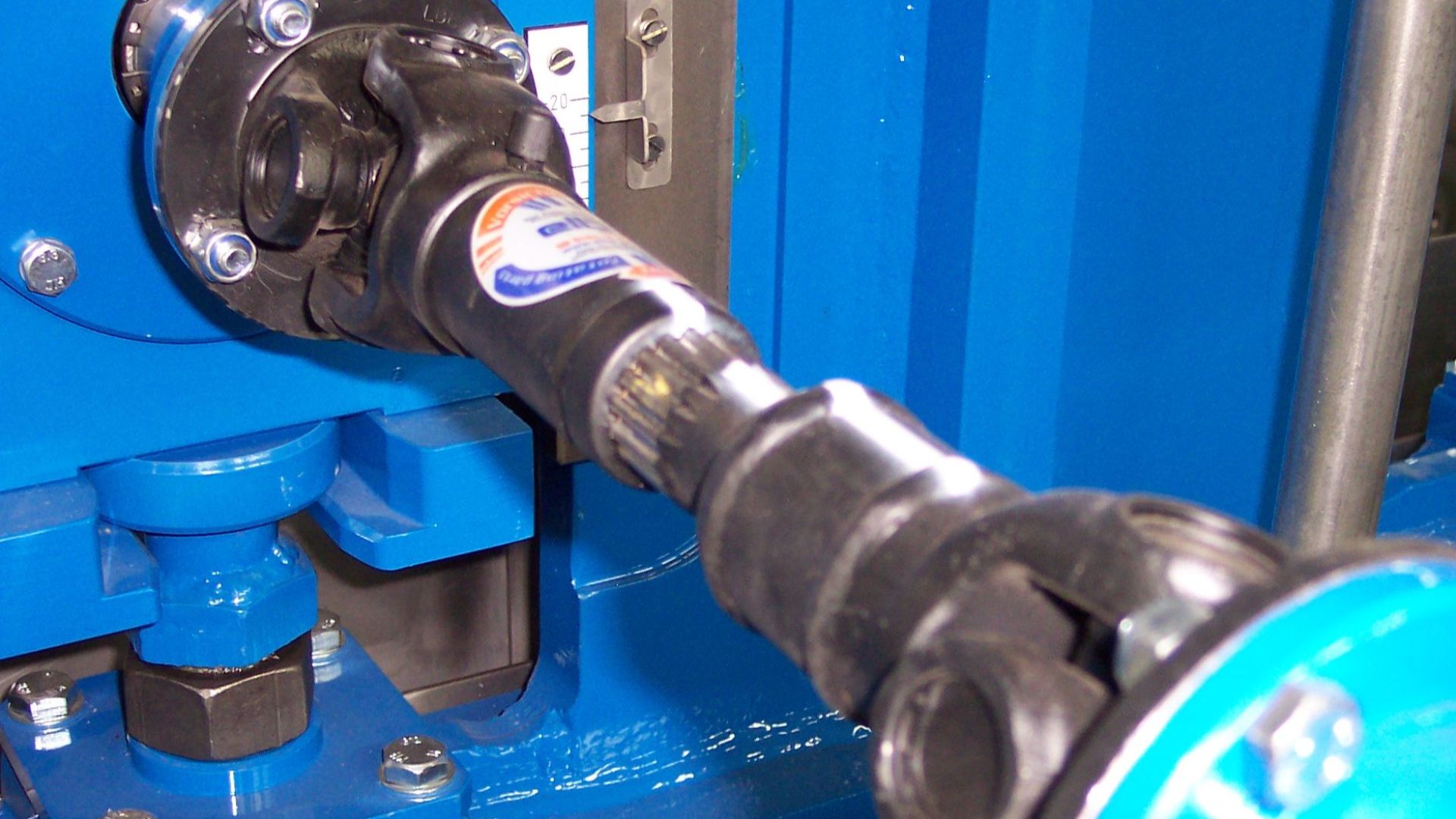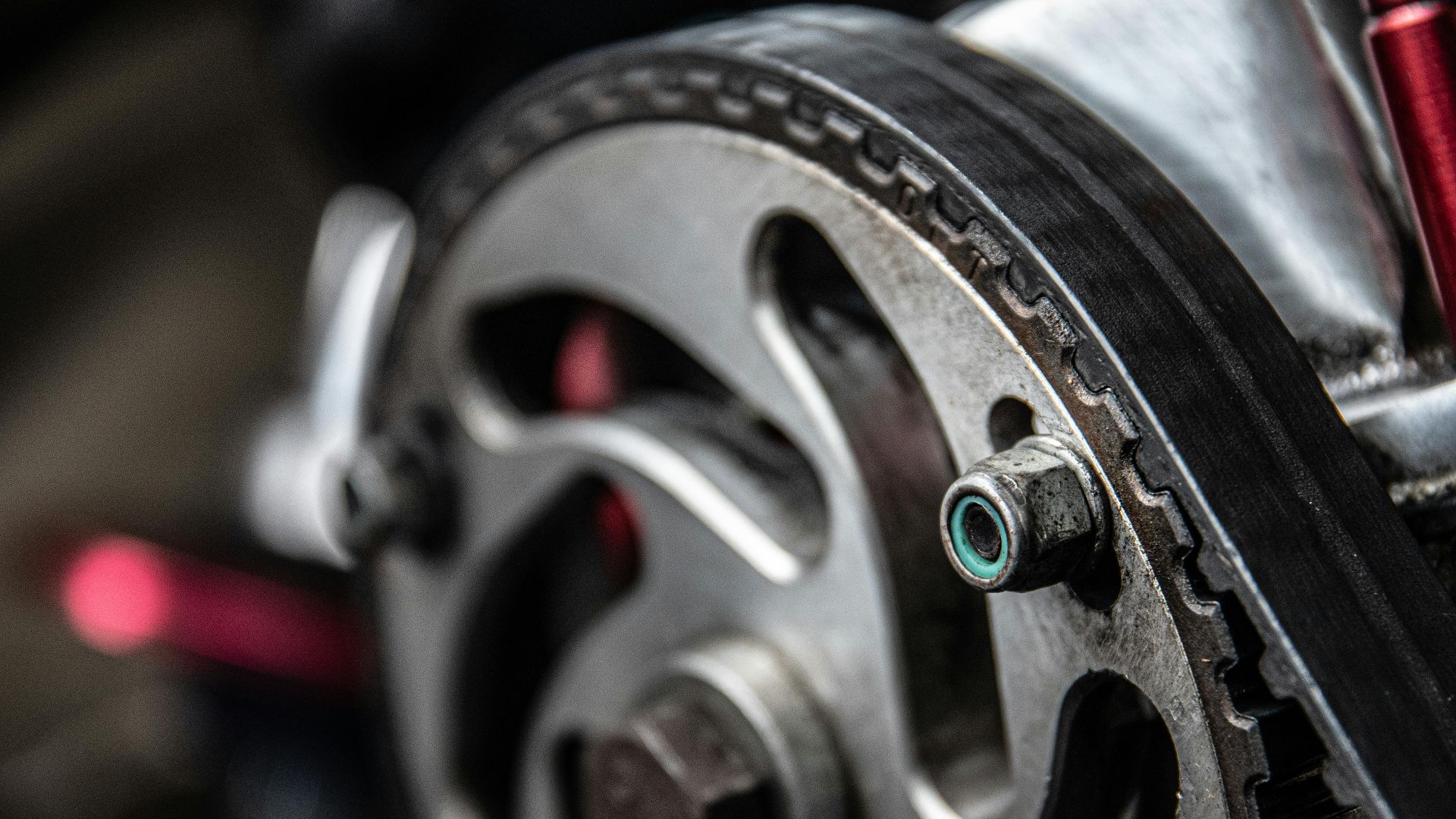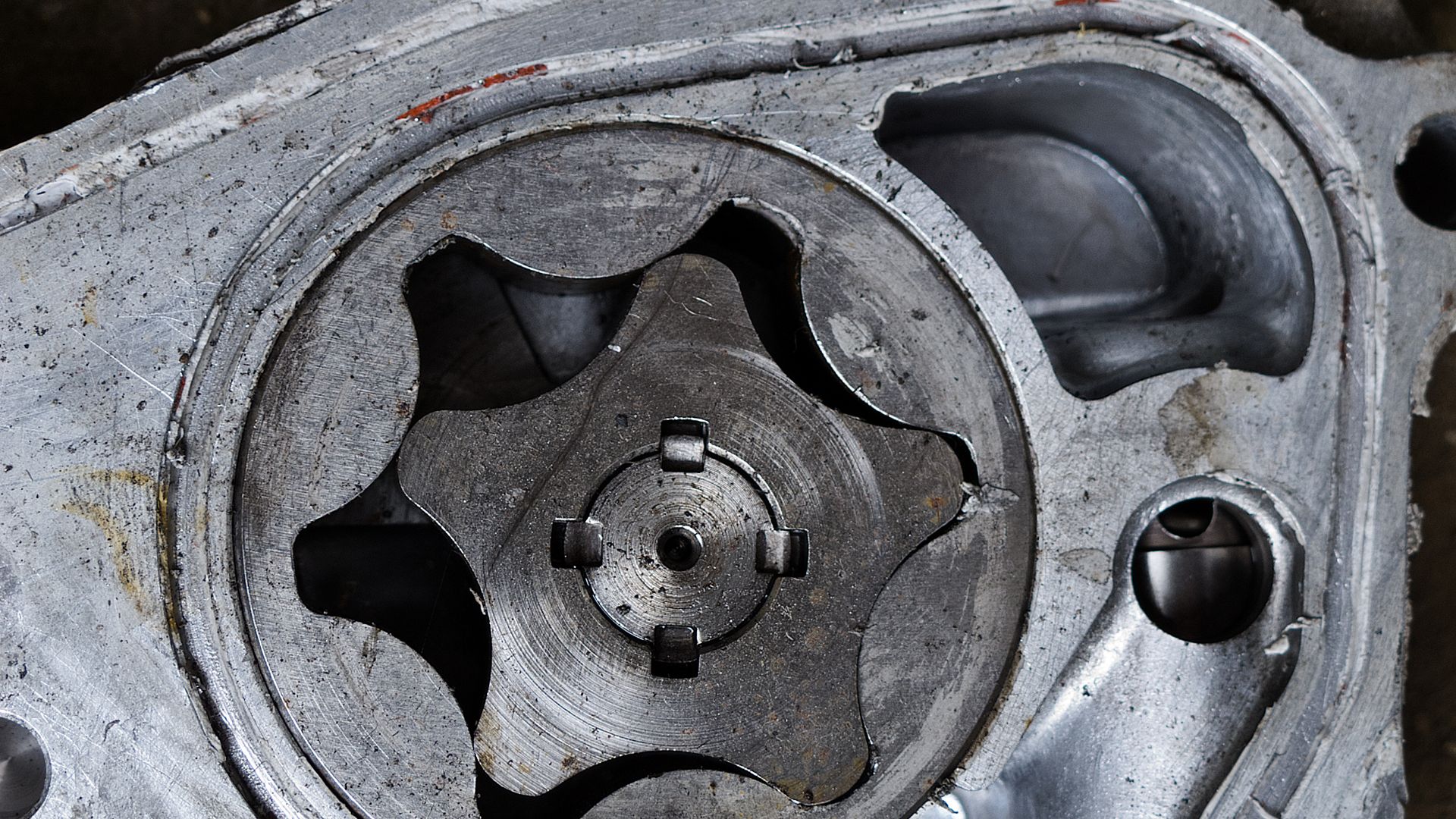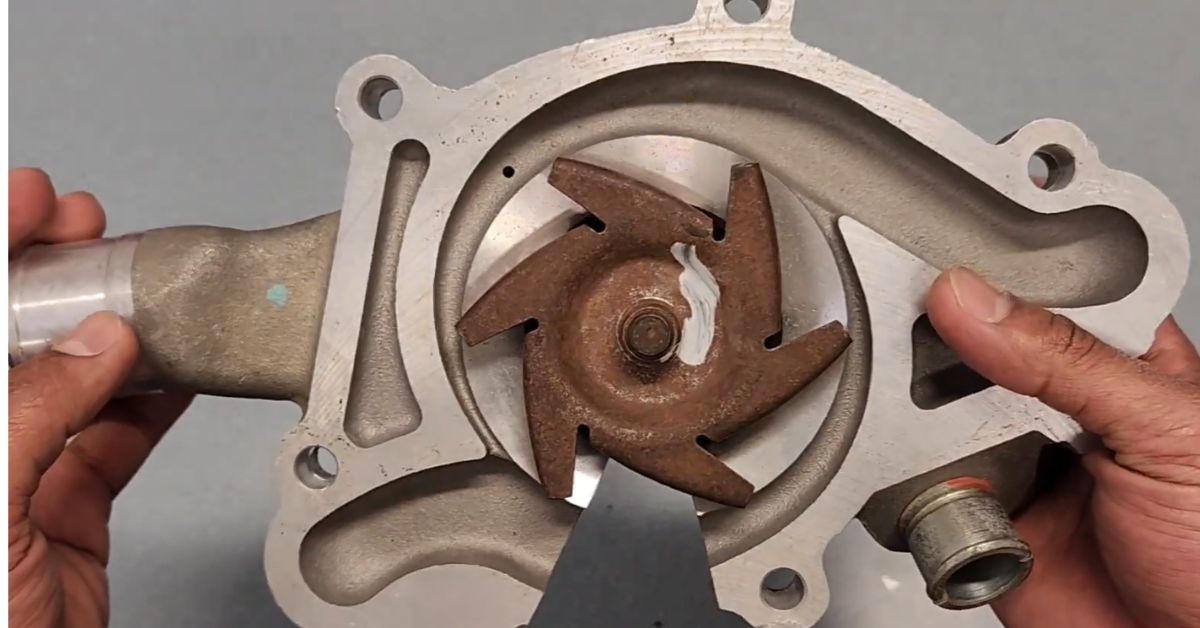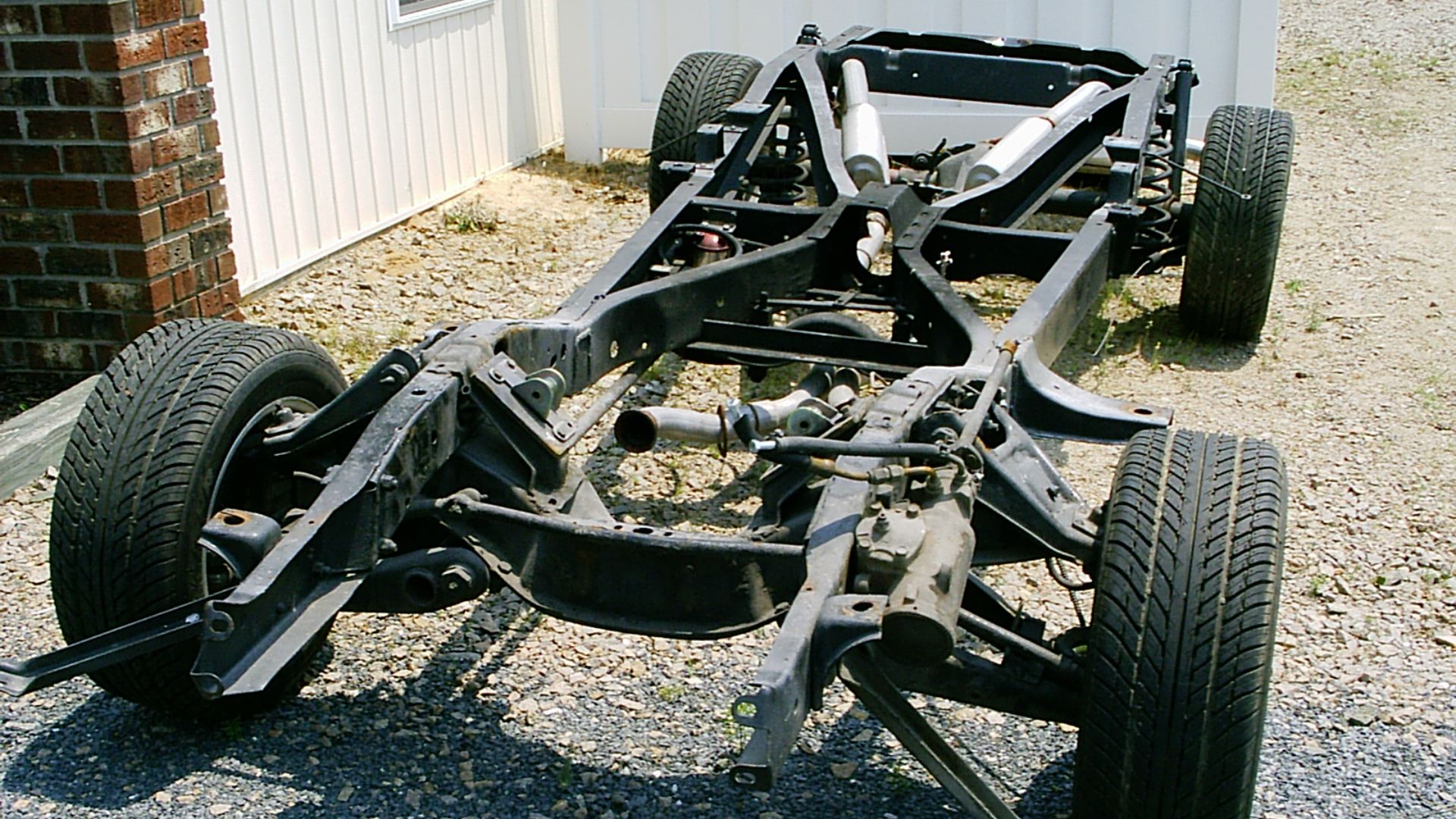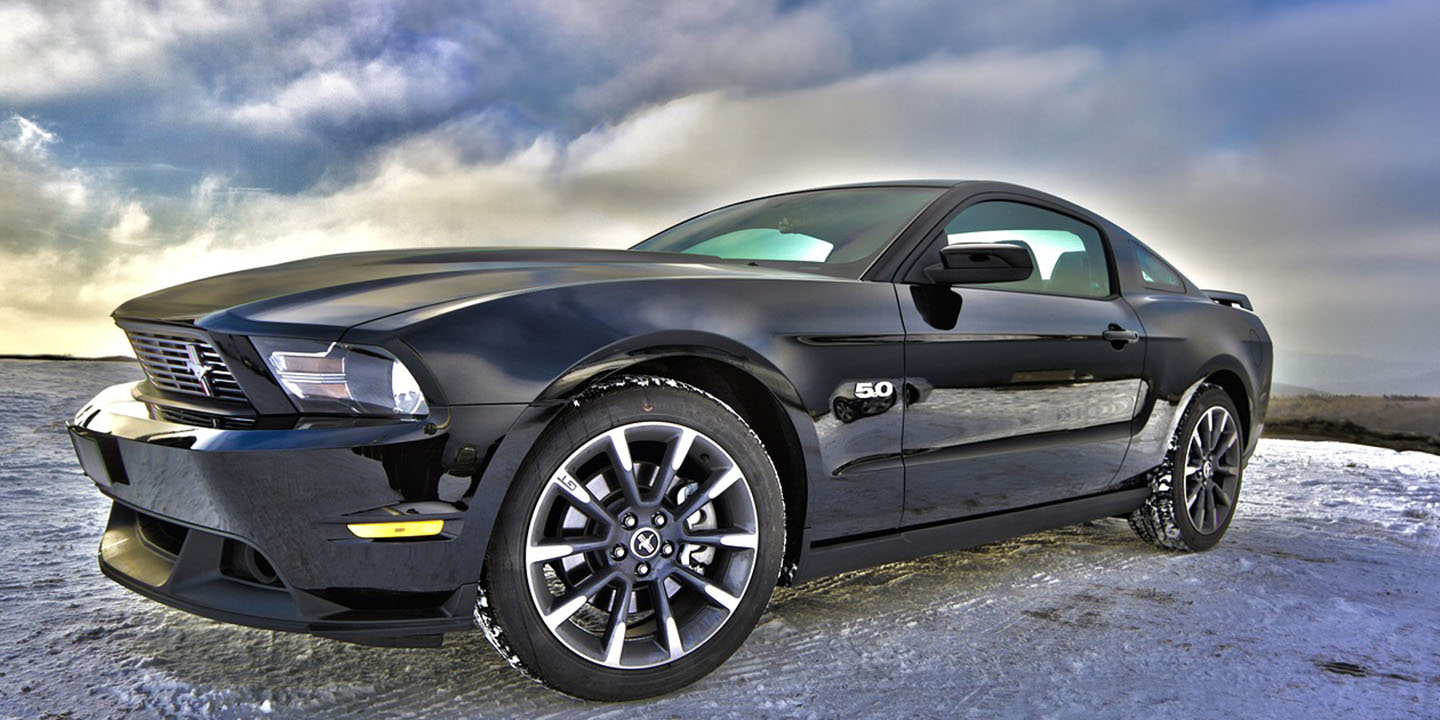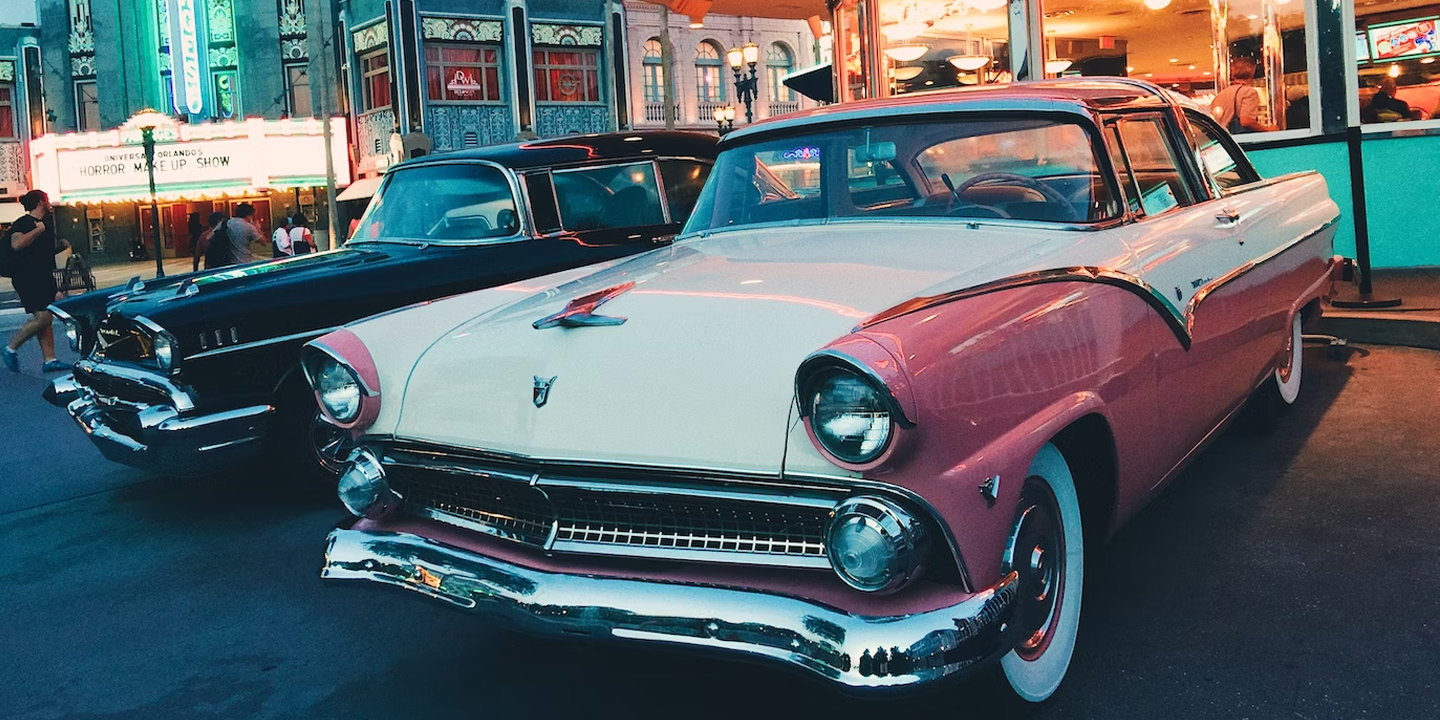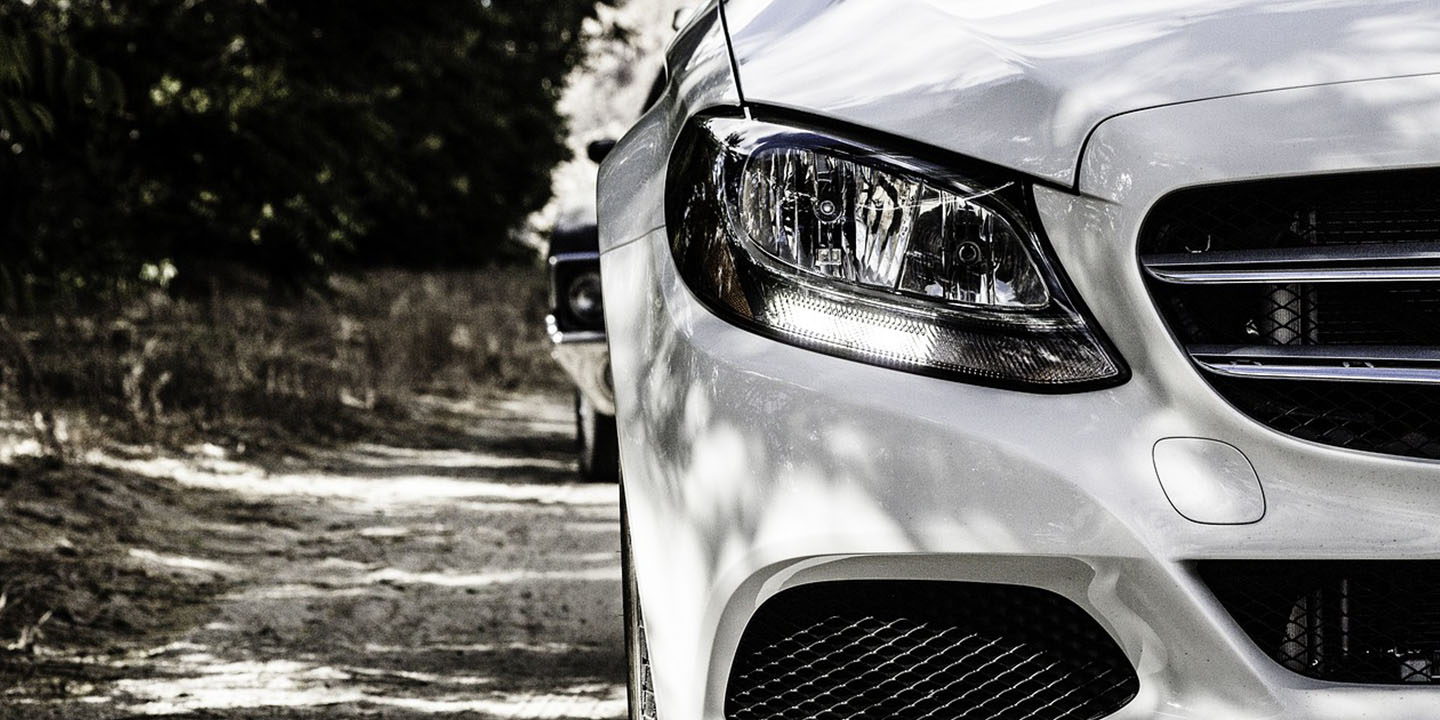How Well Do You Know Your Car?
Pop the hood and stare at the maze of metal and wires. Overwhelming, right? Don't worry. Understanding your car doesn't require an engineering degree. These 20 fundamental parts form the backbone of your vehicle's day-to-day operation. So, let's get familiar with all of the crucial components that keep that automobile running the way it's supposed to.
1. Engine
Have you ever wondered what's beating at the heart of your car? The engine turns fuel into mechanical energy through controlled explosions in its cylinders. Without this engineering marvel, your ride would be nothing more than an expensive piece of metal furniture sitting in your driveway.
2. Transmission
Shifting gears changes everything about how a car moves. Whether manual or automatic, this complex system ensures you can cruise without engine issues. In simple terms, the transmission transfers the engine’s power to the wheels, adjusting the speed and force to match different driving conditions.
3. Battery
Here comes the unsung hero of your morning commute that sits quietly under your hood. The battery stores electrical energy that powers everything from that initial ignition to the radio when the engine's off. Most car batteries last 3-5 years before needing replacement.
4. Alternator
Your car creates its own electricity while running. During engine operation, the alternator powers electrical equipment and recharges your battery. This component mainly converts mechanical energy back into electrical current, serving as a mini power plant within the vehicle.
5. Radiator
Heat is the mortal enemy of engines. Located at the front of your automobile, the radiator circulates coolant to absorb and dissipate excess heat generated during combustion. Without this critical feature, the engine would overheat within minutes and cause crazy damage.
6. Brakes
Brakes are essential for safety, ensuring a vehicle comes to a stop when needed. Modern vehicles usually have disc brakes on the front and may use either disc or drum brakes on the rear wheels. Brake technology continues to evolve for faster, more reliable stopping power.
7. Tires
The only parts of your car that actually touch the road deserve your attention. Four patches of rubber, each about the size of your hand, maintain your vehicle's grip in all weather conditions. Note that quality tires can improve fuel economy by 3-7%.
8. Steering System
Controlling your car's direction happens through an ingenious combination of parts. Be it the steering wheel or the rack and pinion, this system multiplies the input force to turn wheels weighing hundreds of pounds. Power steering makes this effortless, using hydraulic or electric assistance.
9. Suspension System
Why don't you feel every bump and pothole? Thank your suspension. This framework, which is made up of links, springs, and shock absorbers, absorbs irregularities in the road while keeping tires in contact with the pavement. The suspension constantly works to balance comfort and handling.
10. Fuel Injectors
Precise delivery of fuel makes modern engines efficient and powerful. These electronic elements spray atomized fuel directly into intake ports or combustion chambers. Fuel injectors, which replaced carburetors in the 1980s and 1990s, deliver decreased emissions, enhanced throttle response, and fuel economy.
11. Spark Plugs
Small but mighty, these plugs create the spark that ignites the fuel in the engine. Spark plugs are made to face extreme temperatures and pressures while delivering timed electrical arcs thousands of times per minute. Today, plugs use metals like platinum or iridium to extend their lifespan.
12. Catalytic Converter
By using chemical reactions, catalytic converters transform toxic compounds such as hydrocarbons, carbon monoxide, and nitrogen oxides into safer byproducts like water vapor and carbon dioxide. These were developed in the 1970s to reduce emissions, with platinum and rhodium aiding in the process.
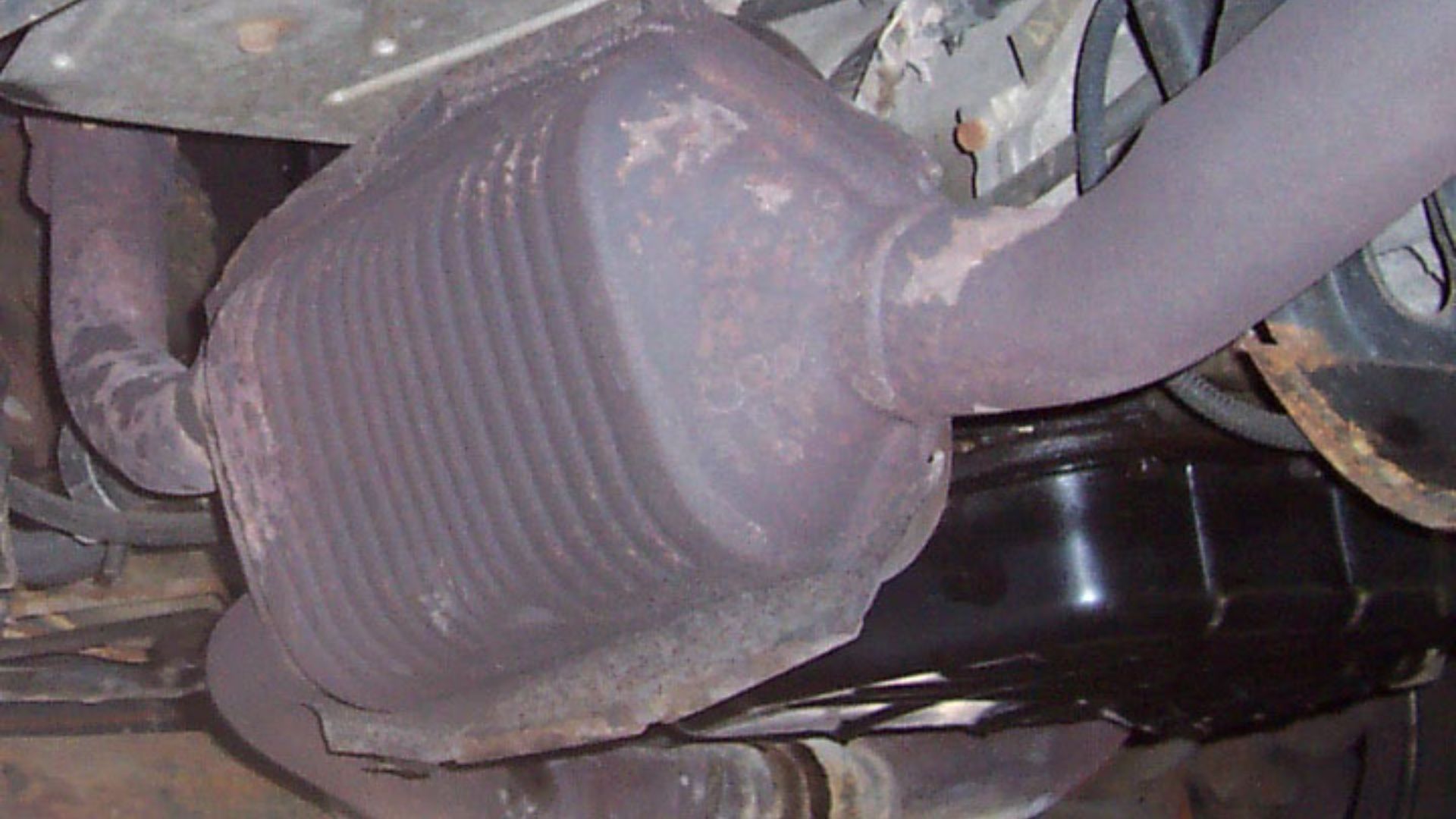 Ahanix1989 at English Wikipedia on Wikimedia
Ahanix1989 at English Wikipedia on Wikimedia
13. Headlights/Taillights
Safety after sunset depends largely on your vehicle's illumination system. Modern headlights have evolved from simple incandescent bulbs to advanced LEDs and adaptive systems that can "see" around corners. These taillights serve as important communication tools, signaling your presence to other drivers in low visibility.
14. Windshield Wipers
Windshield wipers use rubber blades to sweep water, snow, and debris from your field of vision. Though seemingly basic, their design has been refined over decades to operate effectively at highway speeds while enduring extreme temperature variations. During unexpected downpours, these devices become essential for survival.
15. Drive Shaft
Transferring power requires this spinning metal tube to connect the transmission to the wheels. The drive shaft rotates at high speeds, delivering torque while accommodating changes in distance as your suspension moves. It uses universal joints or constant velocity joints to maintain smooth power delivery.
16. Axles
Spinning at thousands of revolutions per minute, axles deliver power to your wheels while supporting the vehicle's weight. These hardened steel shafts handle tremendous stress from acceleration, braking, and cornering forces. Front-wheel drive vehicles use CV axles with special joints to transmit power through varying angles.
17. Timing Belt/Chain
Synchronization is critical within your engine's heart. The timing belt or chain ensures those valves open and close exactly when needed, preventing catastrophic internal damage. Manufacturers recommend replacement intervals between 60,000 and 100,000 miles, making this maintenance item expensive but essential.
18. Oil Pump
Under pressure is exactly how an engine likes its lubrication delivered. Hidden inside the engine, the oil pump circulates vital lubricant to moving parts at pressures between 30 and 80 PSI. This unsung device prevents metal-on-metal contact between precision parts that operate with clearances thinner than human hair.
19. Water Pump
The water pump of your ride circulates coolant through lanes in the engine block and cylinder heads before sending it to the radiator. Typically driven by the timing belt, this object moves several gallons per minute. This is to maintain optimal operating temperatures throughout the engine.
20. Chassis
The chassis serves as the vehicle's foundation, providing structural support to the entire car. It houses critical components like the engine, suspension, and transmission. A well-designed chassis ensures optimal handling, safety, and durability, making it an essential element in a car’s overall performance and stability.



